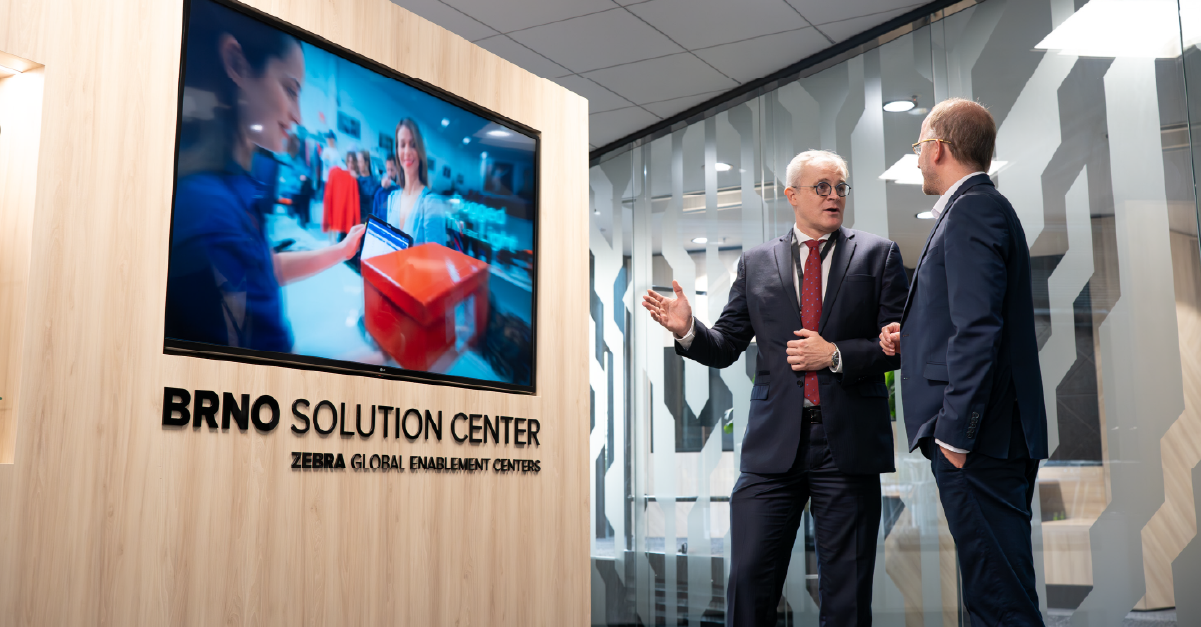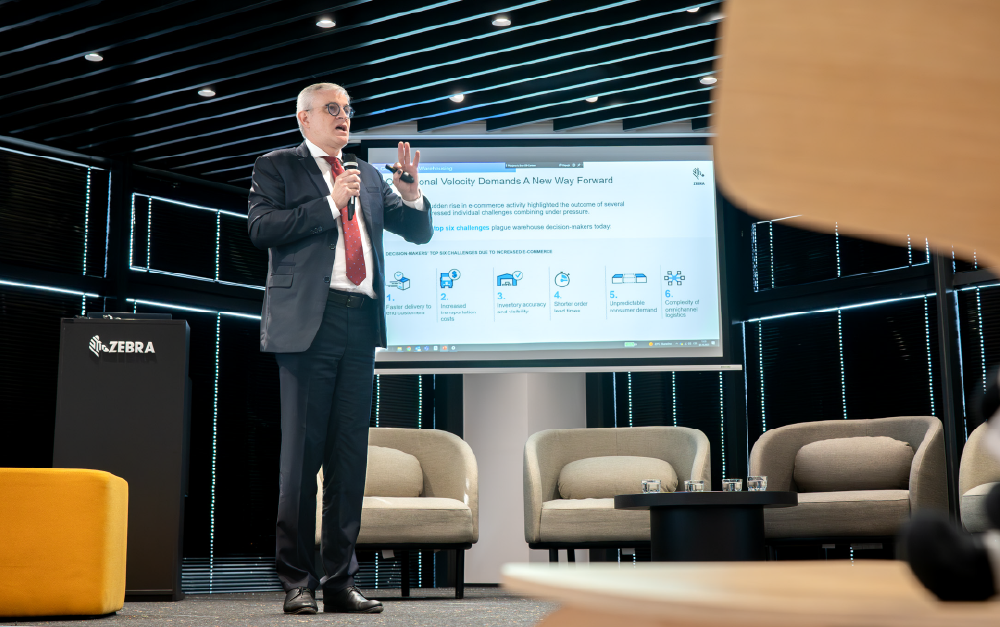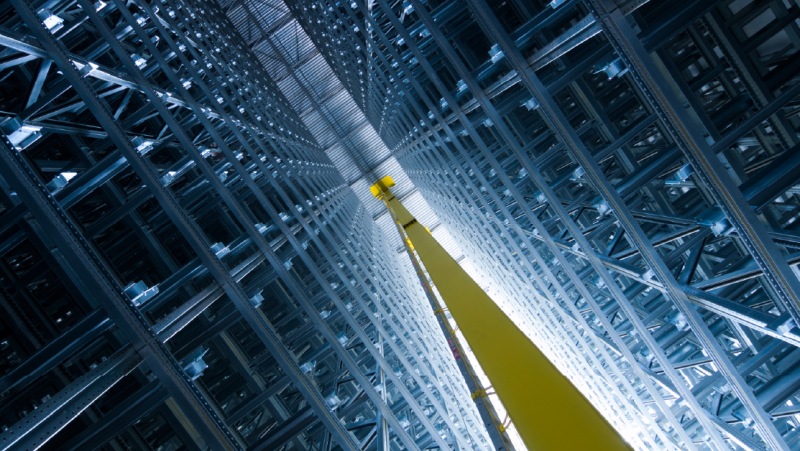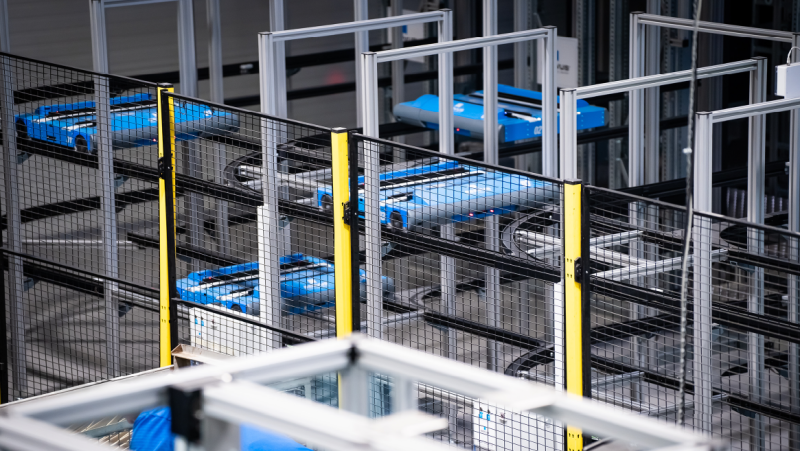Market pressure is the greatest catalyst for change
- Automation
- Article
Zebra Technologies, a global leader and innovator in automatic identification, conducted a Warehousing Vision Study among thousands of industry decision makers around the world, which yielded interesting industry perspectives and preferences. Marian Šramko, Vice President Sales, Eastern Europe & Middle East at Zebra Technologies, spoke about some of them.
"It all started with the pandemic. It showed us how quickly everything can break and go wrong, but also that it is possible to fix everything relatively quickly", suggests Šramko in his introduction, implying that the initial global shock was not accompanied only by negatives. Recent events have indeed transformed our lives to a great extent, on many levels, including production and logistics.

The transformation is about "strengthening the immunity" of as many civilisational structures, links and systems as possible, and resilience to their possible failures. While everyone does so according to their own capabilities and interests, 80 percent of decision makers said in the survey that the last few years have forced them to innovate, be agile, and adapt to the rapid evolution of the market and consumer behaviour.
Real time visibility
An accompanying phenomenon, which Šramko says is not necessarily related to the pandemic, is the fact that "the workers have disappeared, people are simply not applying. This is one of the key factors today". Šramko adds that hand in hand with this, there has also been a change in people's attitude to what is happening. This is not an academic statement, but a conclusion drawn from the Zebra survey. This development is expressed, for example, in the huge boom in e-commerce, but also in a change in the basic approach and adaptation to the on-demand economy, which is also related to the willingness of "those who hold budgets to invest in real time visibility" of goods and materials.
When Amazon launched the concept of "same day delivery" in parts of New York City a few years ago, it not only received a sizeable share of attention and recognition, but also of the market. Over time, same day delivery has become the standard in delivery services. For example, after the disruption of global supply chains, car manufacturers tried to appeal to new car buyers with the slogan "same year delivery". According to Šramko, this is unsustainable. "I can't imagine that businesses could operate over the long term in a world where they don't see the goods, they don't know when they will be there, and if they give a deadline, they don't meet it". That's why real time visibility and traceability, or real time locationing, are the obvious choice for any entity that wants to stay relevant in the future, according to Šramko.

Technologies of the future
Today we are in a state where automation is not replacing existing employees, but those who are in short supply on the labour market. And according to Šramko, the problems associated with existing employees are most easily solved by equipping them with technology.
What technology are we talking about? The results of the Warehousing Vision Study among industry decision makers show that they are ready to invest in the complete digitalisation of processes in logistics and production over the next three years. For this, they will mainly use mobile and wearable computers with barcode scanners, but also industrial tablets, mobile printers and other equipment that will replace paper and pencil in almost every case.
But at the same time, companies must also respond to the changing demands of the next generation of employees. Less than a decade ago Zebra carried out an extensive study showing that there would be massive adoption of touch terminals over the next few years. "Back then, the companies responded that we should come back in a few years, but at the time they wanted keyboards", Šramko says. But now they're asking for additional options like touchscreens, because the current generation of employees grew up with them. And in times of labour shortages, employees with limited technologies, they want a good user experience that supports quicker training time and user adoption.
Direct to Consumer
The Warehousing Vision Study also shows that decision makers expect to move from a world of simple transportation to a much more complex order fulfilment model, where the entire solution will be from transportation, through storage to delivery. From a manufacturing perspective, there is demand for D2C, or Direct to Consumer, solutions. "The seller is one aspect, and who manufactures and delivers it is another. This concept is viable due to the increasing complexity and cost of the entire chain, and those who resolve it will profit from it," concludes Šramko.
What else did the Zebra study reveal for the retail or distribution segments? Find out here.
Share article
Top stories from logistics, production and IT.
Subscribe to Aimtec Insights
By registering, you agree to the processing of your personal data by Aimtec as described in the Privacy policy.
Get top stories and articles
from Logistics, Production and IT.
Subscribe to Aimtec Insights
By registering, you agree to the processing of your personal data by Aimtec as described in the Privacy policy.







